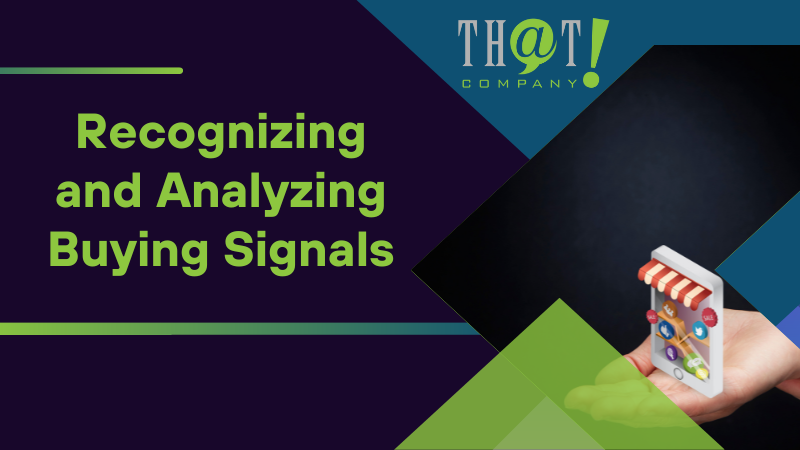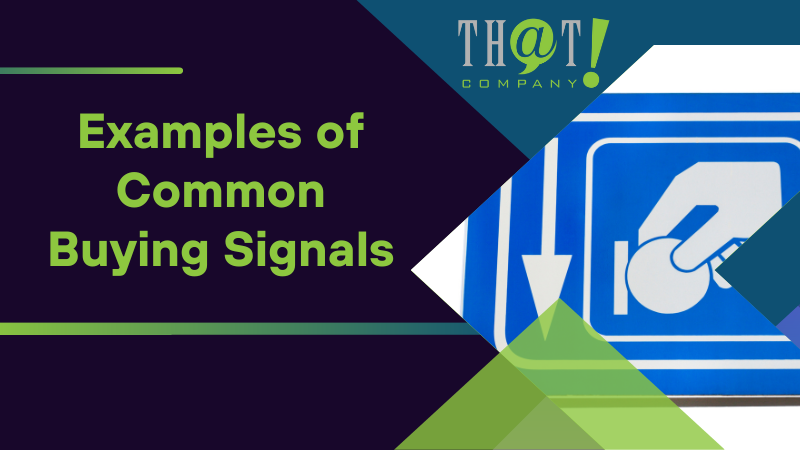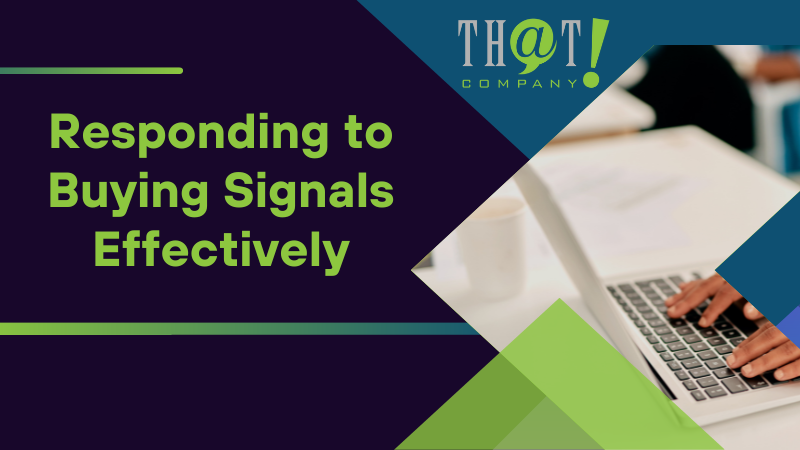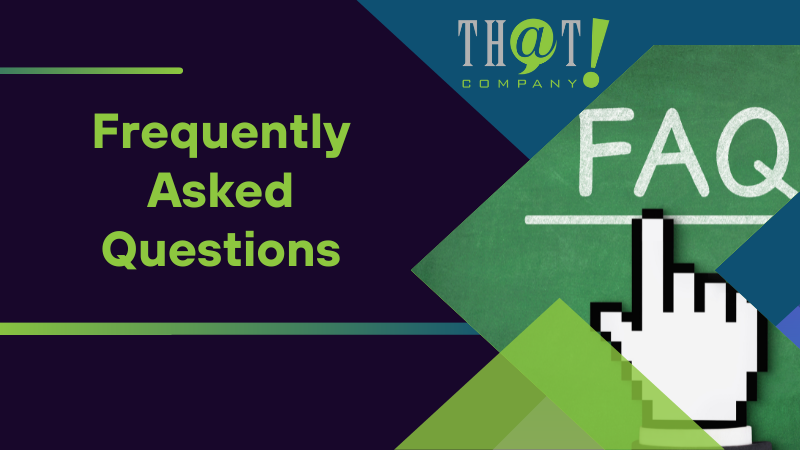
“In today’s competitive market, understanding and responding to customer buying signals is crucial for businesses looking to increase sales and foster customer loyalty. Are you aware of the various buying signals prospects exhibit throughout the sales process? Do you know how to effectively respond to them? In this blog post, we will dive into the world of buying signals and provide insights on how to recognize, analyze, and respond to them. We’ll also touch on the role of white label reputation management in enhancing your strategy, ultimately leading to better sales results and customer satisfaction.”
Short Summary
Sales and marketing teams should be aware of buying signals to provide pertinent content to prospects.
Recognizing and analyzing buying signals requires a variety of strategies, such as website & CRM data analysis, customer persona correlation, tailored content provision.
Responding effectively can be achieved through prompt communication, personalized messaging & creating a sense of urgency for increased chances at closing sales.

Understanding Buying Signals
Buying signals are actions taken by potential customers that suggest they are nearing a purchase decision in the buying process. Sales and marketing teams need to be adept at identifying these signals, as they play a crucial role in providing timely and pertinent content to prospective customers. By combining verbal cues and intent data, marketing and sales teams can craft communications tailored to the needs of the prospects.
It is important to be watchful for potential buying signals when engaging with prospects, including prospective customer interactions via:
phone calls
emails
data within your sales tools
video calls
prospecting calls
discovery calls
demos
In the following sections, we will explore the different types of buying signals and how to recognize them.
Definition of Buying Signals
A buying signal is an action or behavior that indicates a potential customer’s interest in acquiring a product or service, such as:
Asking specific questions about the product or service
Requesting a quote or pricing information
Expressing a need or desire for the product or service
Showing enthusiasm or excitement about the product or service
By recognizing these signals, sales reps can assess how to move forward with each prospect and avoid stagnation in the sales process.
Buying signals, also known as customer buying signals or prospects buying signals, are particularly important for B2B companies, as they enable the identification of the most promising leads that should be given priority by sales reps. Some examples of buying signals include:
Recent successful funding rounds
Changes in leadership
Increased website traffic or engagement
Requesting a demo or pricing information
Downloading a whitepaper or case study
These signals may be indicative of potential opportunities and should be closely monitored by the sales team as well as the marketing teams.
Types of Buying Signals
Observable buying signals can be categorized into online behavior, verbal cues, and engagement with content or products. Expressing interest in a product or service is an example of a verbal buying signal. Asking about its features and benefits in detail, or making statements that suggest you are ready to make the purchase are also examples.
On the other hand, online buying signals can be observed through website visits, content downloads, and social media engagement. Nonverbal buying signals are also important to consider, as they can provide valuable insights into a prospect’s interest. Some examples include leaning forward in their seat, maintaining eye contact, nodding their head, and smiling.
By paying attention to these different types of signals, sales and marketing teams can better understand their prospective customers’ intentions and tailor their approach accordingly.

Recognizing and Analyzing Buying Signals
In order to effectively recognize and respond to buying signals, sales professionals must employ a variety of strategies and tools. By understanding your prospects’ online behavior, listening to verbal cues, and leveraging CRM and analytics tools, you can better identify potential customers and increase your chances of closing more deals.
In this section, we will delve into the details of each strategy, providing you with valuable insights to help refine your sales process.
Here are some key steps to consider.
Analyzing website and CRM data can help recognize sales buying signals.
Correlating examples of buying signals with customer personas can facilitate obtaining a more comprehensive understanding of what to expect.
This, in turn, will enable you to provide more tailored content and accelerate the sales cycle, increasing the probability of closing more deals.
Monitoring Online Behavior
Monitoring online behavior, such as website visits, content downloads, and social media engagement, is essential for identifying buying signals. For every action a prospect takes, they generate a set of intent data accessible via the internet, which can be a valuable source of information for sales and marketing teams.
Online content consumption is a critical indicator for comprehending buyer intent, as nearly 90% of pre-purchase research is conducted through the internet. By keeping a close eye on prospects’ online activities, you can gain insights into their interests and needs, allowing you to better tailor your sales approach and increase the likelihood of closing a sale.
Listening to Verbal Cues
During conversations with prospects, it is crucial to listen to verbal cues, such as asking questions about pricing or product features, to gauge their interest. This can be beneficial in assessing their level of interest in your product or service and tailoring your approach accordingly.
Paying attention to verbal cues can also help you identify potential objections or concerns, which can be addressed through personalized pitches. Research has demonstrated that buyers are 67% more likely to accept a meeting if the pitch is tailored to their circumstances.
Utilizing CRM and Analytics Tools
CRM and analytics tools are software solutions that can be utilized to:
Monitor and assess customer behavior
Detect purchasing signals
Track customer behavior on social media
Enable businesses to act when their leads are ready to purchase
Lead generation software, for example, can help track customer behavior on social media, enabling businesses to act when their leads are ready to purchase.
Proprietary CRM software can be employed to:
Monitor prospects’ activities on and off their website to identify buying signals
Create personalized messaging
Increase the sense of urgency to nurture leads that are almost ready to purchase
By leveraging these tools, businesses can increase their chances of converting leads into customers.

Examples of Common Buying Signals
Some common buying signals to be aware of include downloading gated content, requesting a demo or free trial, and engaging on social media. By keeping an eye out for these indicators, businesses can better tailor their sales approach and increase the likelihood of closing a sale.
In the next few sections, we will explore each of these buying signals in more detail.
Downloading Gated Content
Gated content, such as whitepapers or eBooks, is only accessible after a person provides their contact information or completes a form. When a prospect downloads gated content, it indicates their interest in learning more about a product or service and can be a strong buying signal.
By providing valuable information in the form of gated content, businesses can capture leads and gain insights into their prospects’ interests and needs.
Requesting a Demo or Free Trial
Requesting a demo or free trial is another common buying signal that shows a potential customer’s willingness to invest time in evaluating a product or service. By offering demos or free trials, businesses can showcase their product’s features and benefits, allowing prospects to experience the product firsthand and determine if it meets their needs.
This can be a great way to build trust and credibility with potential customers, as they can try a product or service before they buy.
Engaging on Social Media
Engaging on social media, such as liking, commenting, or sharing posts, suggests a prospect’s interest in a brand or its offerings. By monitoring and responding to social media engagement, businesses can foster relationships with prospective customers, gain insights into their interests, and identify potential buying signals.
This, in turn, enables businesses to craft targeted marketing campaigns and improve their overall sales efforts.

Responding to Buying Signals Effectively
Now that we have discussed various buying signals and strategies for identifying them, it is important to understand how to effectively respond to these signals. By doing so, you can increase the likelihood of closing a sale and improve your overall sales performance.
Some strategies for effectively responding to buying signals include prompt communication, personalized messaging, and creating a sense of urgency. In the following sections, we will delve deeper into each of these strategies and explain how they can be employed to boost your sales efforts.
Prompt Communication
Prompt communication is critical in addressing the needs and concerns of potential customers who exhibit buying signals. By responding quickly and efficiently, you can demonstrate excellent customer service and foster trust and rapport with prospects.
This, in turn, can help increase the likelihood of closing a sale and securing a new potential customer.
Personalized Messaging
Personalized messaging is another effective strategy for responding to buying signals. By addressing the specific interests and pain points of potential customers, based on their buying signals, you can create targeted and pertinent messages that resonate with the recipient.
This approach not only demonstrates genuine interest in the prospect’s needs, but also helps to establish trust and rapport, increasing the chances of closing a sale.
Creating a Sense of Urgency
Creating a sense of urgency is a powerful strategy for motivating potential customers to take action. By offering limited-time promotions or emphasizing the benefits of acting quickly, you can encourage prospects to make a purchasing decision sooner rather than later.
This sense of urgency can help overcome any lingering objections and increase the likelihood of closing the sale.

Overcoming Negative Buying Signals
In addition to recognizing and responding to positive buying signals, it is also important to be aware of negative buying signals. These are indications that a prospect may not be interested in your product or service and may require a different approach to persuade them to make a purchase.
Strategies for overcoming negative buying signals include identifying disinterested prospects, building trust and rapport, and offering solutions to objections. In the following sections, we will explore these strategies in more detail and explain how they can be employed to convert disinterested prospects into customers.
Identifying Disinterested Prospects
Identifying disinterested prospects early in the sales process is crucial in order to focus your efforts on more promising leads. By recognizing the signs of disinterest, such as non-responsiveness to emails or calls, limited engagement in conversations, or hesitancy to commit to a purchase, you can allocate your resources more effectively and improve your overall sales performance.
By understanding the signs of disinterest, you can quickly identify prospects who are unlikely to convert.
Building Trust and Rapport
Building trust and rapport with potential customers is essential in overcoming negative buying signals. By addressing their concerns and offering solutions to their objections, you can demonstrate your genuine interest in their needs and establish a strong relationship.
This, in turn, can help to persuade disinterested prospects to reconsider your product or service and ultimately make a purchase.
Offering Solutions to Objections
Offering solutions to objections is another effective strategy for overcoming negative buying signals. By providing flexible payment options, additional support, or other convenient options, you can address the concerns of potential customers and persuade them to take action, even when considering services like white label PPC management company.
By overcoming these objections, you can convert disinterested prospects into satisfied customers and increase your overall sales performance.

Summary
In conclusion, understanding and responding effectively to buying signals is essential for businesses looking to increase sales and foster customer loyalty. By recognizing the various types of buying signals, monitoring online behavior, listening to verbal cues, and utilizing CRM and analytics tools, you can better identify potential customers and tailor your sales approach accordingly. By employing strategies such as prompt communication, personalized messaging, and creating a sense of urgency, you can increase the likelihood of closing a sale and improving overall sales performance. With the right approach and techniques, you can not only overcome negative buying signals but also turn disinterested prospects into loyal customers, particularly when considering services like white label digital solutions.

Frequently Asked Questions
What is an example of a buying signal?
Expressing interest in a product or service is a key buying signal, indicating that a customer has done their research and knows what they want. This can be expressed through consultations or data such as visits to a product page.
By tracking these signals, businesses can better understand their customers and tailor their marketing strategies accordingly. This can help them to better target their audience and increase their chances of making a sale.
What is meant by a buying signal?
A buying signal is an action that indicates a customer is interested in a product or service, and is close to making a purchase. It can include verbal cues, visiting the brand’s website, or searching for a specific product.
These signals enable sales teams to determine how much interest a prospect has.
What are some examples of positive buying signals?
Examples of positive buying signals include downloading gated content, requesting a demo or free trial, and engaging on social media.
What strategies can be used to build trust and rapport with potential customers?
Show genuine care for your customers’ needs, actively listen to them and provide tailored solutions to their objections – this is the best way to build trust and rapport with potential clients.
By demonstrating that you understand their needs and are willing to go the extra mile to meet them, you can create a strong bond with your customers that will last for years to come.
How can CRM and analytics tools help identify buying signals?
CRM and analytics tools can monitor customer behavior to reveal insights into their interests and needs, enabling companies to identify buying signals. To explore some of the top CRM tools for small businesses in 2023, check out “The Top 10 CRM Tools for Small Businesses in 2023“.
By tracking customer interactions, companies can gain valuable insights into their preferences and interests. This data can be used to create targeted campaigns and offers that are tailored to the customer’s individual needs. Companies can also use this.






























